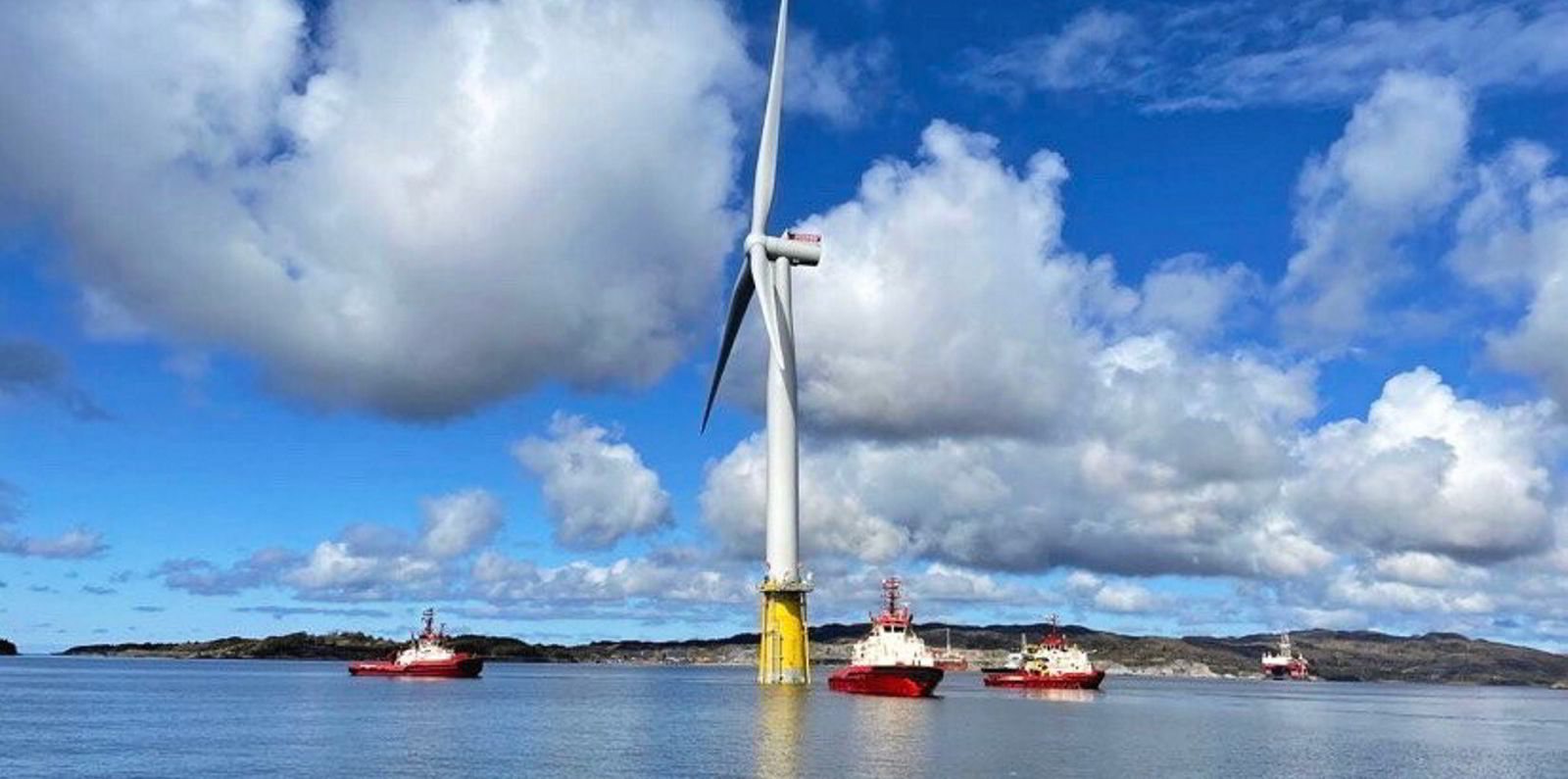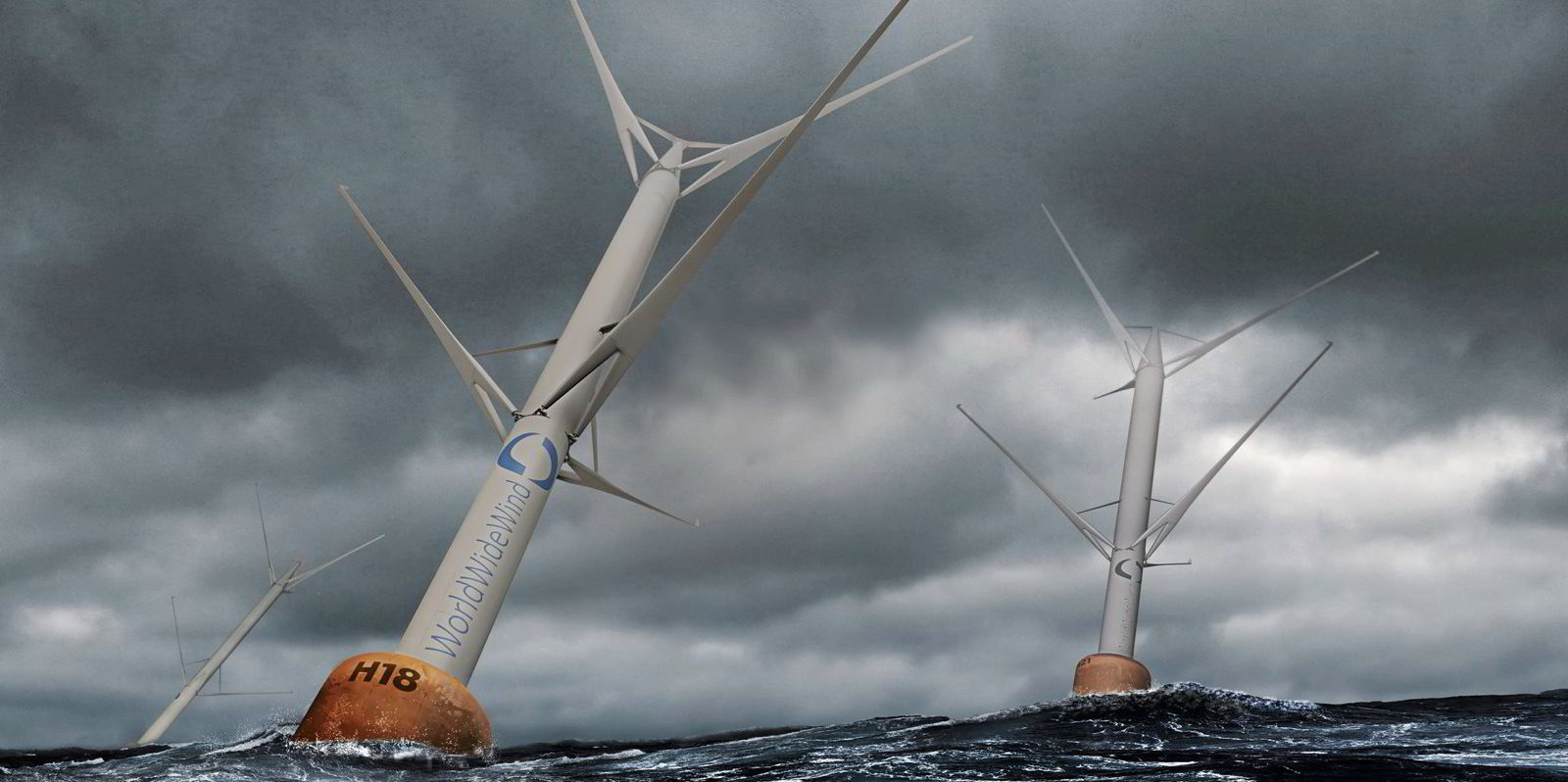The political drive to electrify oil & gas platforms on the Norwegian continental shelf (NCS) with power from shore is continuing but faces a range of old and new challenges, most lately the adverse effect of the energy crisis in Europe and correspondingly unprecedented price increases. And at the same time the actual climate impact of reducing the CO2 released from these hydrocarbon production complexes is also being debated, since the emissions will occur anyhow when burning gas onshore, with only Norway’s national CO2 and net-zero targets benefitting.
The global energy transition is gathering momentum – and the accompanying news-stream becoming an information deluge. Separate the green giants from the greenwash and the hard facts from the click-bait headlines with Recharge Agenda, our curation of the market-making events of the week, distilled down into one quick-read newsletter. Sign up here for free
Electricity produced onshore Norway could instead of electrifying platforms be exported to continental Europe, reducing their emissions with similar global effects and much lower costs for Norway, or used for industrial development of clean industry locally.
So far, eight oil & gas platforms on the NCS are powered with electricity from shore, with a further 15TWh/year in projects of this currently in planning. This would constitute around 10% of Norway total production of electricity, 157TWh in 2021.
At the same time development of floating wind offshore Norway continues to drag, to the extent that first power from offshore licenses might not reach shore before 2030. This is hard to comprehend when the first wind farm license was given for Havsul outside the northwest coast of Norway as early as 2008.
Floating offshore wind is an excellent means of electrifying platforms instead of drawing power from the onshore grid, and the sector represents a great opportunity to accelerate the larger floating wind developments and related industries in Norway. Smaller-scale fast-track projects should be possible in the very well-known waters around the NCS’ oil & gas platforms, which come equipped with infrastructure and logistic support.
The Hywind Tampen development, the 95MW spar-based floating wind array being installed in the North Sea by Equinor to supply one-third of the power demand of its Snorre-Gullfaks complex, will enter the annals as the first such project but much larger developments are on the horizon.
The outlook for gas prices and CO2 taxation/pricing raises hopes for floating wind power-to-platform projects to become commercially viable for the operators. Some guarantees and subsidies from the government, such as the Norwegian innovation fund Enova, will likely be necessary to get the crucial first movers going. But will be a small cost for the country compared to ongoing full electrification from shore.
By increasing the size of future floating wind farms, the fleet could supply power to shore in addition to electrifying operational oil & gas platforms. The variable wind power from offshore combines very well with the hydropower delivered from Norway for efficient power utilisation and supply to the Norwegian as well as European grid.
That first offshore wind power might not reach Norway's shores before 2030 is hard to comprehend when the first license was given for Havsul back in 2008
Power can also be reversed to ensure continued electrification of a platform independent of wind conditions, and this way would simplify operations by eliminating back-up systems like gas turbine generators, batteries and so on.
Equinor’s planned 1GW Trollvind megaproject could be the first to use this set-up, but several other developments should also be viable for this model of operation. Those platforms already electrified from shore could also be considered to host a floating wind farm’s incoming power production, with the power line already linked to onshore grid, thereby avoiding lengthy environmental studies and assessments and large investments for new export cables.
All that said, BW Offshore and the wider BW Group believe it is very important to start the smaller projects as soon as possible to gain experience technically and operationally, as well as developing the supplier and service industry.
We need to build the new relationships – such as we are building with Ideol under the BW Ideol banner – that will make it possible to bring floating offshore wind to the markets around the world. We believe bringing our maritime and oil & gas engineering legacy together with powerful partnerships in the energy and industrial sectors will be important to rapid progress in the sector and faster climate action. On the NCS this could come good: a source of clean power production and oil & gas platform decarbonisation, at the same time.
Together with Fram Green Technology and the Grieg Group we are working to make floating wind powered oil & gas platforms economically commercially viable within a much shorter timeframe than the present Norwegian policy plans. Now is the time for sector to fully grasp this historical opportunity.
· Jon Harald Kilde is vice-president of business development at BW Offshore, which took strategic ownership of French floating wind outfit Ideol in 2021 to form BW Ideol



